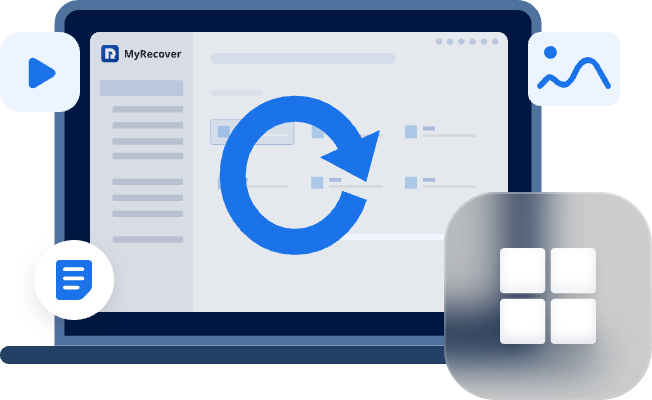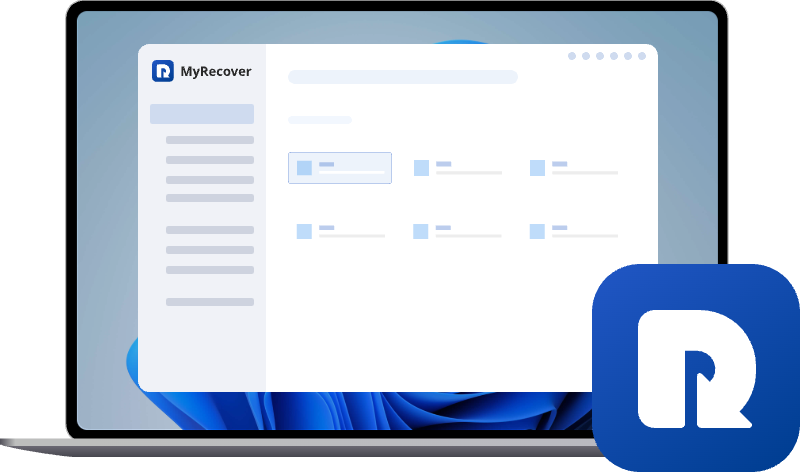Best Windows 10/11 File Recovery Software 2025: Expert Recommendations
Data loss can strike at any moment, one accidental deletion, a corrupted partition, or a failed update, and your important files may seem gone forever. In this guide, you’ll learn how to use professional solutions, which offer advanced scanning and unlimited recovery capabilities.
Introduction
Data loss can happen to anyone, whether you're a student accidentally deleting an important project, a professional losing files after a system crash, or a photographer facing corruption on a storage drive. Windows users, in particular, often encounter issues like accidental deletion, drive formatting, partition loss, malware infection, or Windows update failures.
While this can be stressful, the good news is that most lost files can still be recovered with the right software, as long as you move quickly. It’s vital to find a useful and reliable data recovery tool. An untrustworthy one cannot only fail to recover your files but may also lead to greater data loss or overwrite your data.
What to Look for in a File Recovery Software
Before diving into the best Windows file recovery software 2025, it’s important to understand what makes a recovery program reliable and effective. Not all recovery tools are created equal. When choosing a Windows data recovery tool, you should consider the following key features:
- Comprehensive File Format Support: Ensure the tool supports all major file types from photos, videos, and documents to RAW and DPX files.
- Deep and Quick Scanning Modes: A good tool offers both fast scanning for recently deleted files and deep scanning for severely corrupted or formatted drives.
- Preview Before Recovery: This feature helps you check the integrity of files before restoring them.
- Support for Multiple Storage Devices: Look for a program that can handle internal drives, SSDs, USBs, SD cards, and external hard drives.
- Ease of Use & Compatibility: The interface should be beginner-friendly, and the software should work seamlessly not only on Windows 10 and 11 systems.
Best Free File Recovery Tools for Windows 10/11
There are dozens of data recovery applications online, but only a few stand out for their reliability, scanning efficiency, and recovery rate. Here are two of the most effective options for users who need to recover Windows files quickly and safely, one command-line and one GUI-based. Whether you’re an expert or a novice, one is sure to fit your requirements.
Windows File Recovery [Command-Line]
Windows File Recovery is a Microsoft’s own command-line utility designed to help users retrieve permanently deleted files from local drives, SSDs, and external storage devices. It’s free and can be downloaded directly from the Microsoft Store. But it only compatible with Windows 10 and 11.
Step 1. Download and install Windows File Recovery on your computer from Microsoft official website.
Step 2. Locate Windows File Recovery in the Start menu and run it as administrator.
Step 3. Type the following command "winfr F: E: /regular" and hit "Enter" key. Replace drive letters "F" and "E" with your actual drive letters.
- ★Tips:
- F: the source drive letter.
- E: the destination drive letter.
- /regular: the scan mode, to perform a quick scan for the source drive. It also provides 3 different modes: extensive, segment, signature.
Wait for the process to complete, you can view the recovered files in the destination folder path by pressing "y".
Additionally, Windows File Recovery supports recovering specific files, folders, and file types. You just need to add filter commands after the basic Windows File Recovery command. For example, if you want to recover deleted image files, you can enter the following command: winfr H: D: /regular /n *.jpg /n *.png.
As you can see, while Windows File Recovery is powerful, it can be challenging for users unfamiliar with command-line operations. When typing commands, even tiny errors like typos or missing spaces can lead to failed file recovery, and may even generate "there was an error parsing you command" error.
The Best Windows File Recovery Software: MyRecover
For users who want a simple yet powerful data recovery tool, MyRecover stands out among these data recovery software. With its balance of performance and simplicity, MyRecover has earned its reputation as one of the best Windows file recovery software 2025 options available. Its intuitive interface allows even novice users to complete data recovery with just a few clicks on the icons.
Let's explore the remarkable advantages of MyRecover:
✅Higher Success Rate – Advanced deep scan for NTFS/FAT32/exFAT drives.
✅500+ Devices Support – Recover files from all types of devices like SSD, HDD, USB flash drive, SD card, cameras, game console drives and more.
✅Handle 500+ Data Loss Scenarios – Recover from deleted partition, formatted hard drive, emptied Recycle Bin, system crash, virus attack, etc.
✅Supports over 1,000 File Types – Including documents, photos, videos, audio, archives, and Outlook data files.
✅Smart Scan Modes – Choose from Quick Scan for recent deletions or Deep Scan for formatted/corrupted drives.
✅OS Compatibility – Work not only on Windows 11 /10, but also on Windows 8.1/ 8/ 7 and all Servers.
Step 1. Download and install MyRecover on your computer from Microsoft Store, avoid installing it on the drive with lost files.
Step 2. Run the program and select the drive where the lost files were stored to scan, then click "Scan". After the quick scan is complete, you can perform a comprehensive scan by clicking on the "Deep Scan" if needed.
Step 4. Preview the file content to check if it’s the ones you want. Under the "Path" or "Type" tab, choose the files you would like to recover based on their paths or types and click "Recover".
Step 5. Select a safe location to save the recovered files and click "Select Folder".
When the process is done, you'll see the message "Files have been recovered successfully" will pop up. Then you can check the recovered files in the destination folder by clicking on "Browse" button.
Tips to Prevent Future Data Loss
Even with powerful recovery tools, prevention is always better than cure. Here’s how to protect your important data from being lost again:
☀️Regular Backups: Use File History, Backup and Restore or cloud storage for periodic backups of critical files.
☀️Update System and Drivers: Outdated firmware or drivers can cause file system errors, keep your system updated.
☀️Avoid Sudden Shutdowns or Forced Restarts: Power loss or abrupt shutdowns can lead to file corruption, especially during large transfers.
☀️Use Reliable Data Recovery Software: Only truly reliable data recovery tools like MyRecover can retrieve your data without causing any risks.
Conclusion
Accidentally deleting files or facing drive corruption doesn’t mean your data is gone forever. With the right Windows data recovery solution, you can restore valuable photos, projects, or documents with ease. If you're uncomfortable with Windows File Recovery, MyRecover offers a more user-friendly and comprehensive alternative.
For IT admins, professionals, or businesses, MyRecover also offers a Technician Edition, a comprehensive business data recovery solution that supports unlimited devices with just one license. This makes it perfect not just for personal recovery but also for MSPs and enterprises needing a reliable tool.


